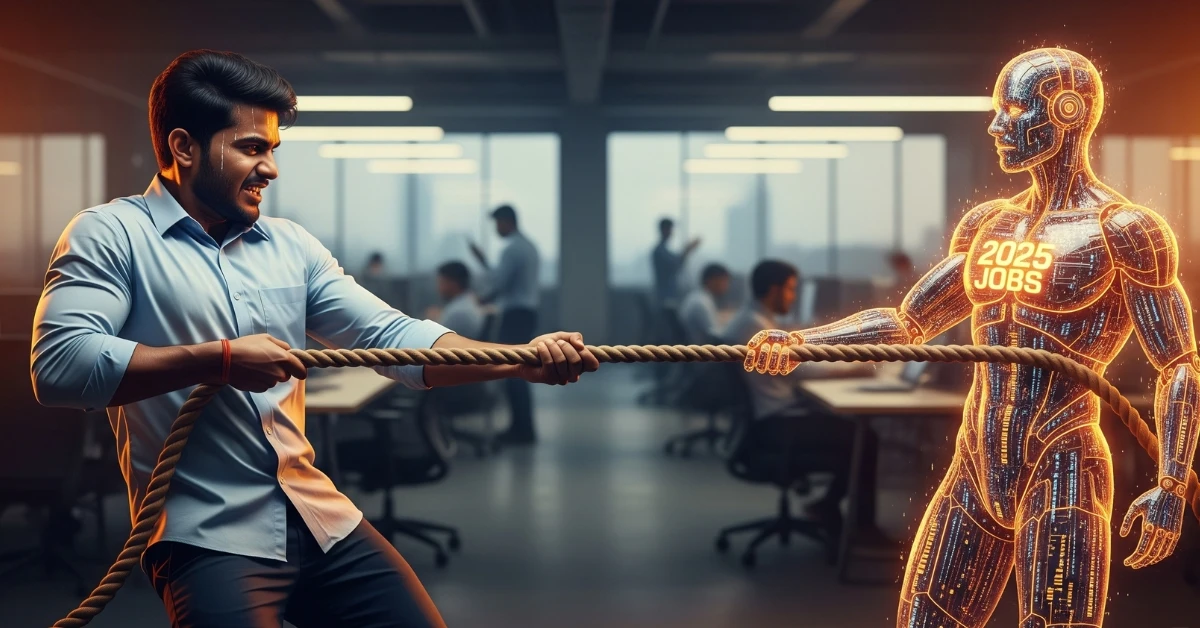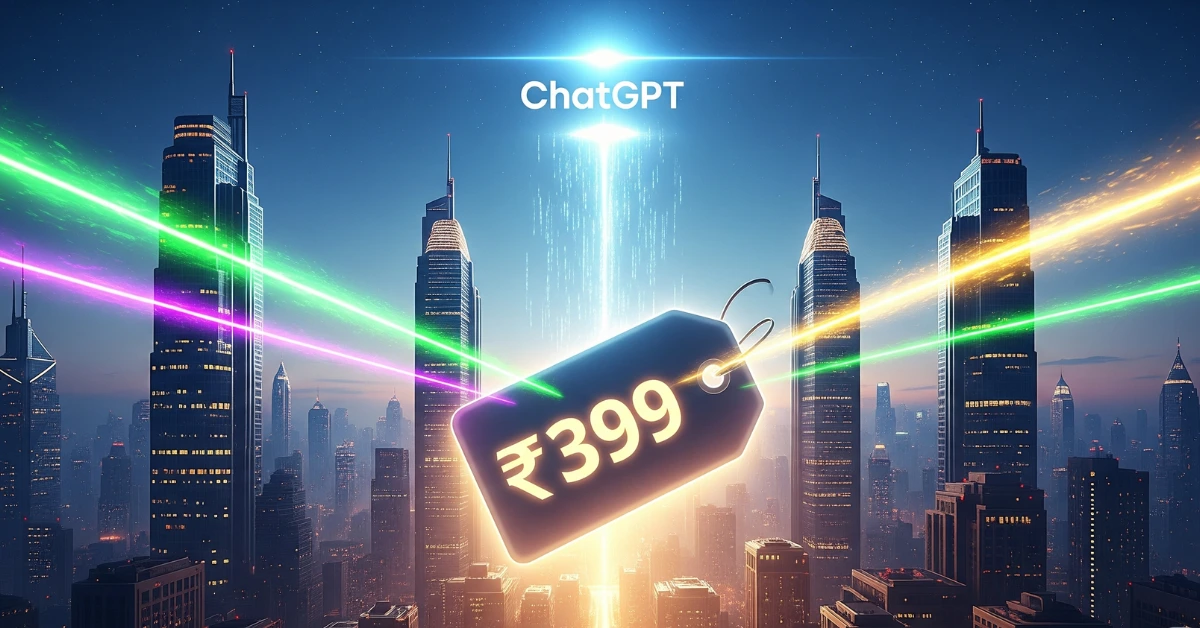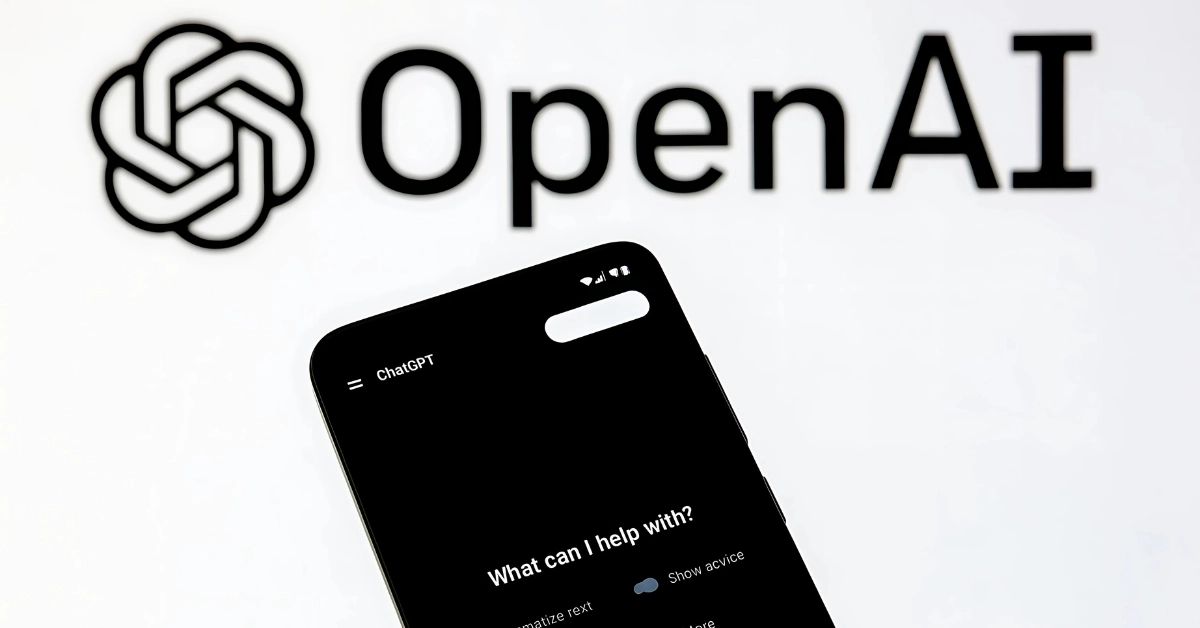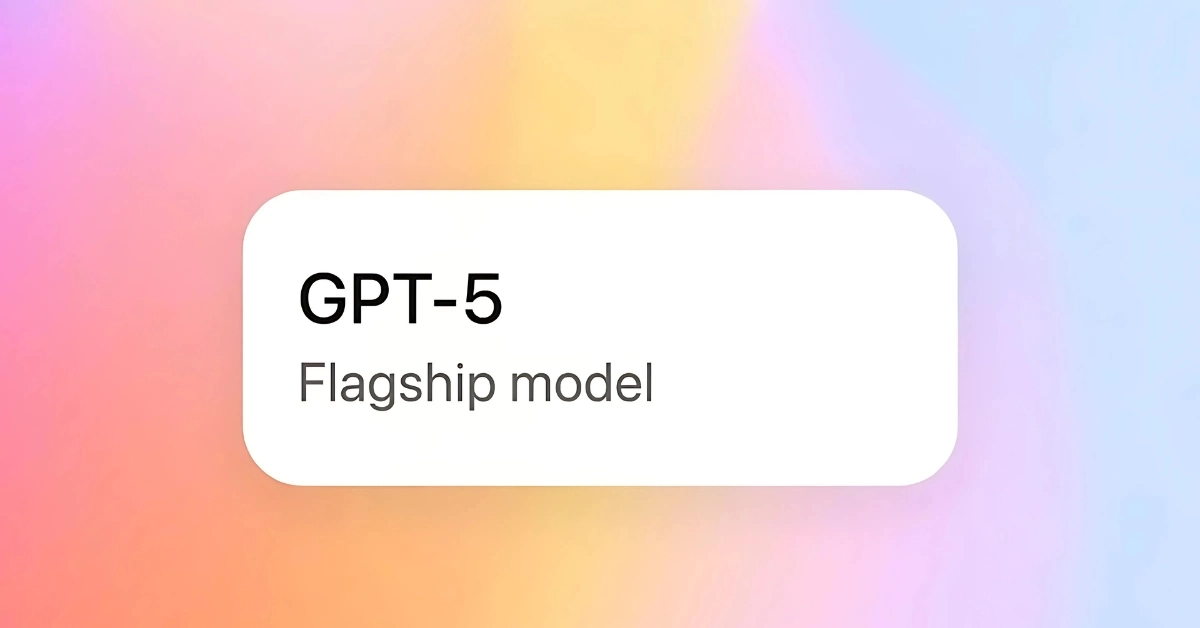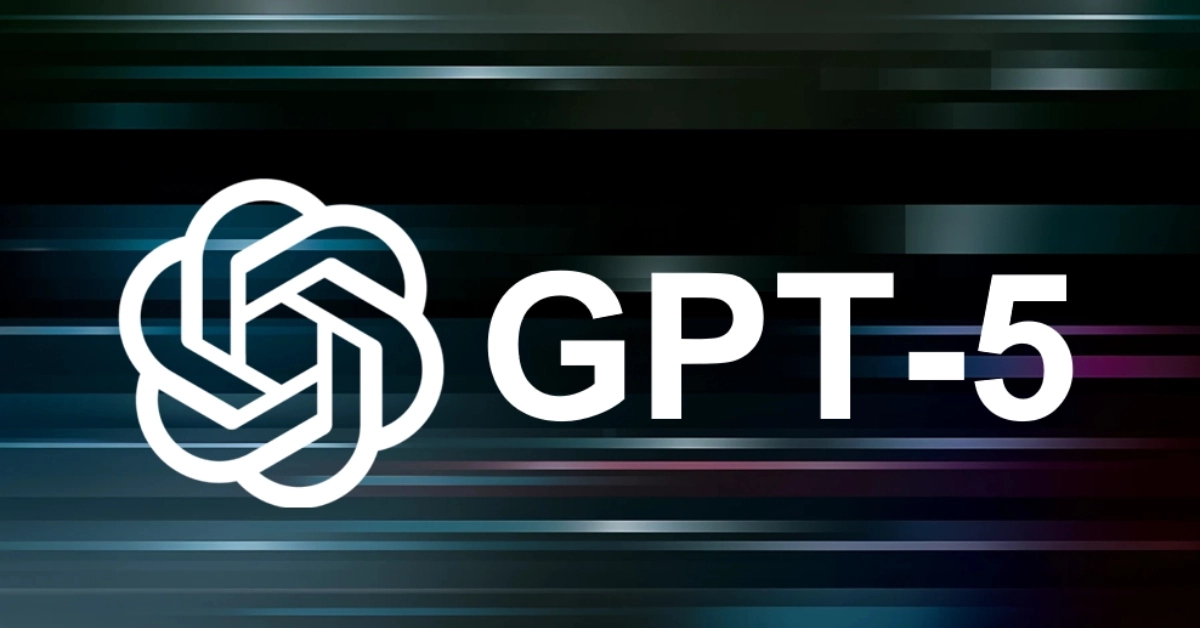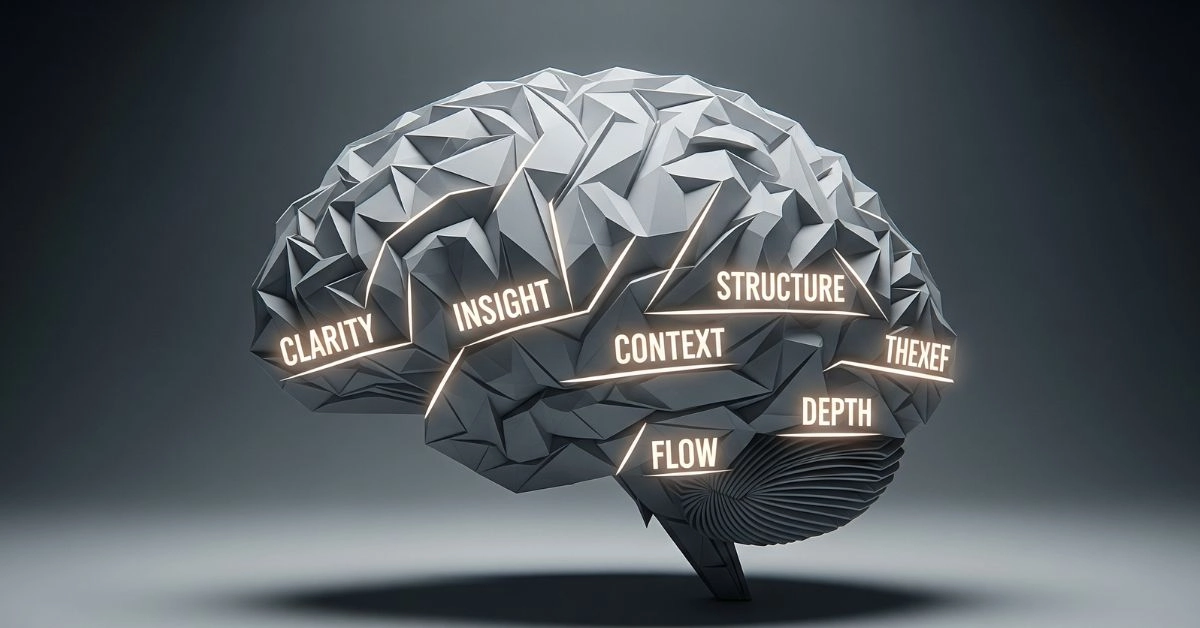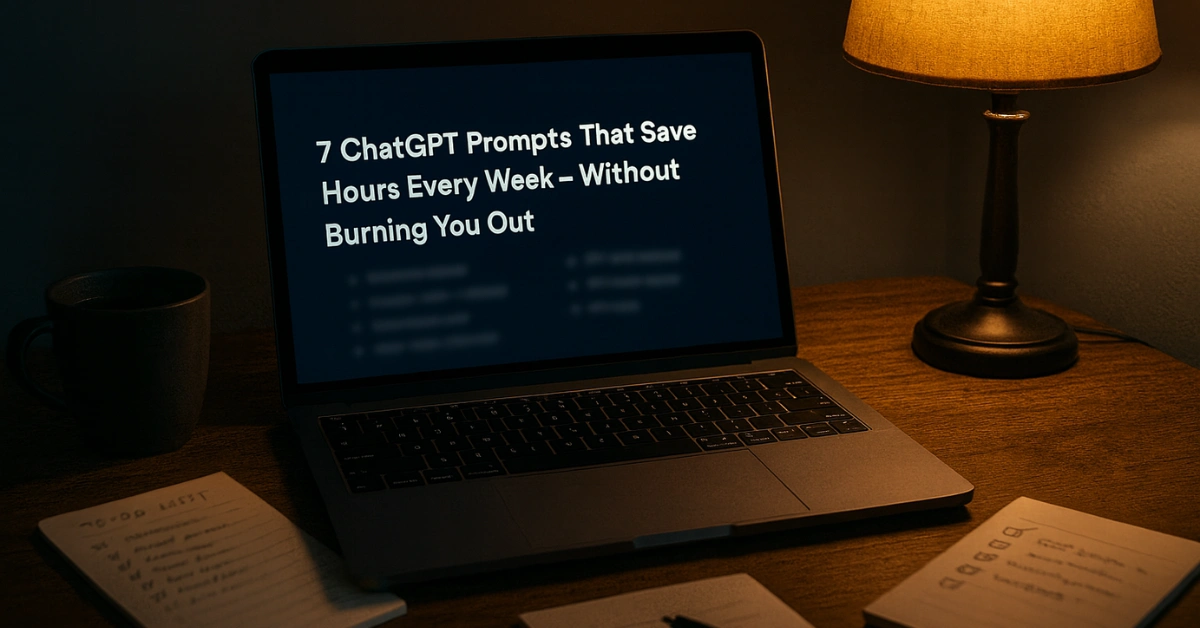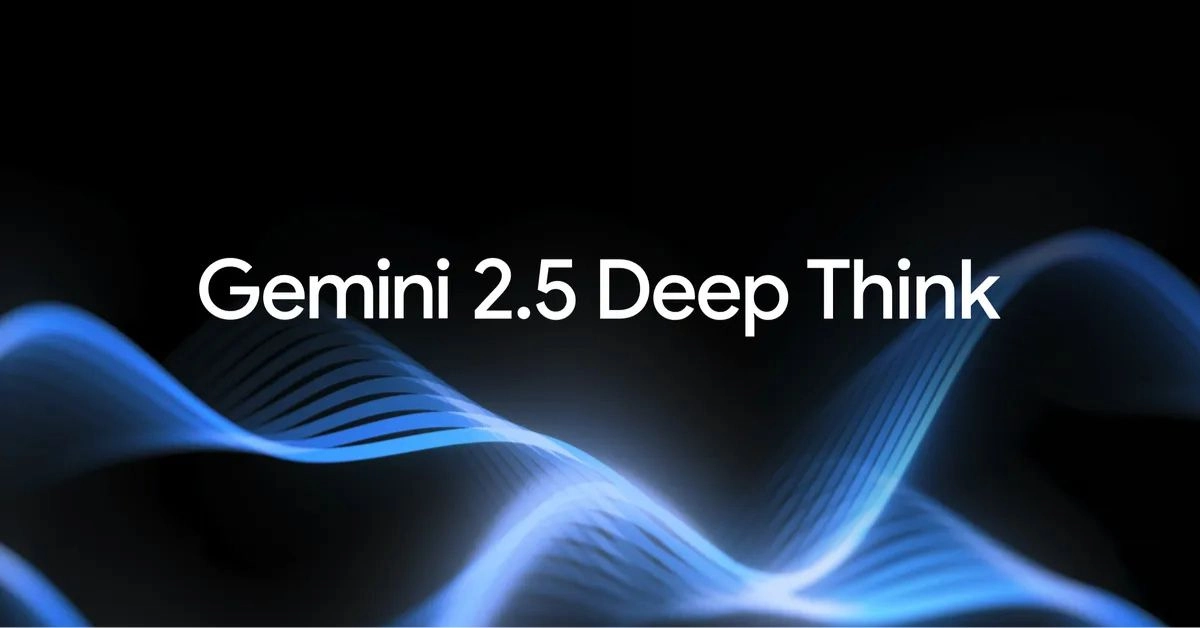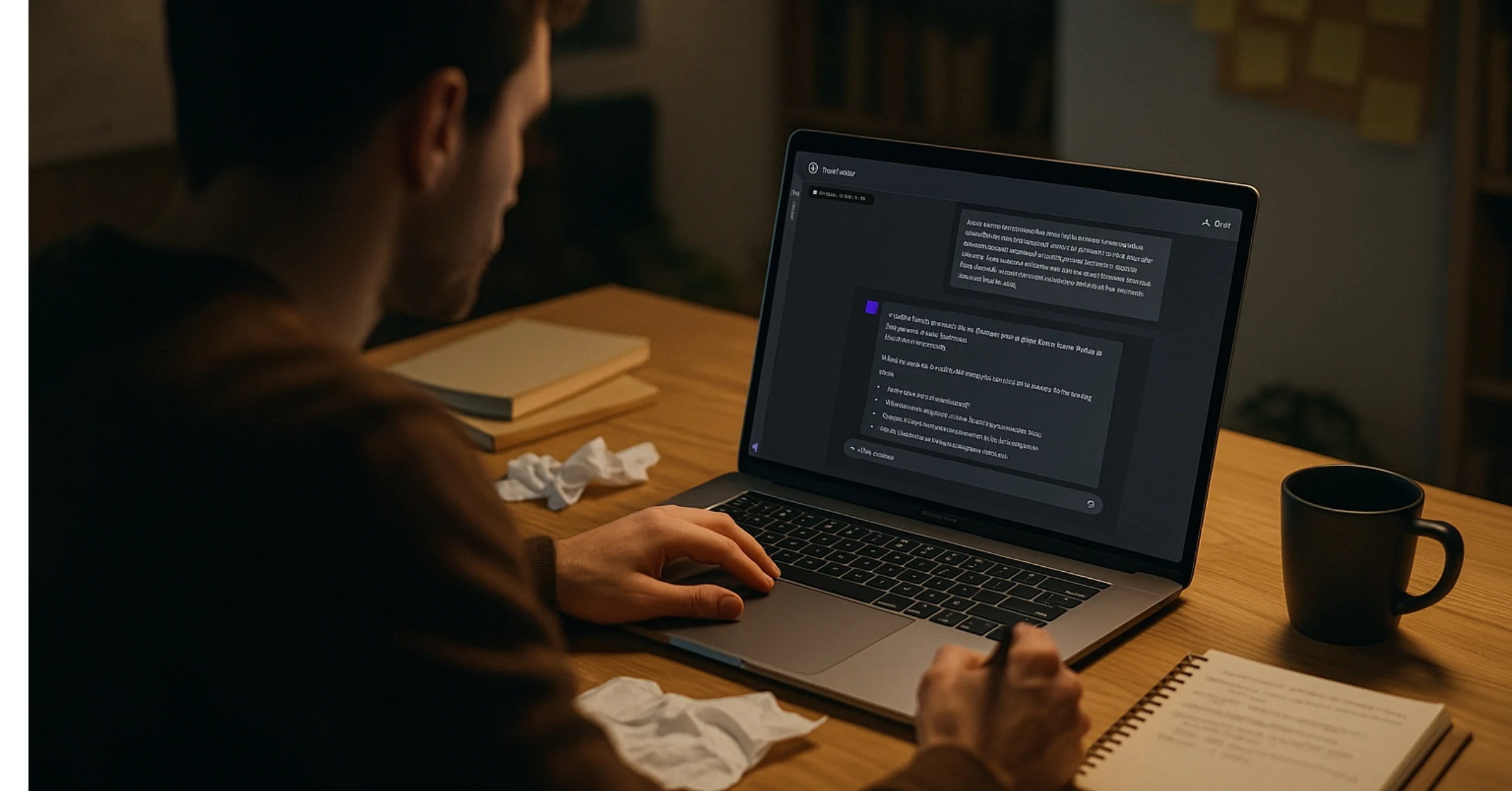Microsoft just released a list of 40 jobs that AI is most likely to replace. From writers and translators to customer support reps and even radio jockeys, no one is off the hook. The report is based on over 200,000 chats with Microsoft Copilot, showing exactly where AI is overlapping with human work.
It’s the kind of study that makes global headlines. But here’s the problem.
India doesn’t work like the US. Our economy is a different beast. And when you read that list through a desi lens, the panic doesn’t just shrink. It changes shape entirely.
Let’s break this down.
When Microsoft Says AI Might Replace Your Job
The Microsoft study ranks professions by how closely their daily tasks match what AI can already do. The researchers used real-world interactions from US-based Copilot users. The top 40 jobs that showed the strongest overlap included:
- Interpreters and translators
- Writers and authors
- Historians
- Customer service representatives
- Technical writers
- Radio DJs
- Editors
- Telemarketers
- Public relations specialists
- News analysts and reporters
All of these scored high on what’s called “AI applicability.” Meaning the AI can do a good chunk of the job already, from answering questions and summarising reports to writing scripts and pitching headlines.
If your work involves typing, explaining, selling, or analysing, AI is already moving in.
India Breaks This List Completely
Here’s where things get interesting. This list is built on American job behavior. It assumes a digital-first, English-heavy, screen-based economy.
But in India? We juggle paperwork with jugaad. Systems are broken, roles are informal, and nothing runs on autopilot.
Here’s a short list of jobs AI can’t touch here anytime soon:
- An LIC agent managing policies across three towns
- A government school teacher adapting lessons mid-class
- A caterer running a wedding for 600 people with no written checklist
- A plumber fixing a broken geyser while the family argues behind him
- A delivery guy rerouting himself after two roads close and a third is flooded
These aren’t edge cases. This is how India actually works.
AI may know syntax, grammar, and logic. But it doesn’t know how to handle “Saar, thoda adjust kar lo” or “system down hai par kaam ho jayega.”
40 Jobs AI Can’t Replace (Yet)
To be fair, Microsoft also released another list, jobs least affected by AI. These are roles rooted in physicality, improvisation, and person-to-person presence:
- Phlebotomists
- Nursing assistants
- Plumbers
- Welders
- Auto repair technicians
- Electricians
- Housekeepers
- Road workers
- Gas station operators
- Medical equipment preparers
If we localise this list, it includes everyone from masons and barbers to electricians, mehendi artists, halwais, and mechanics. These jobs are safe for now, not because they’re low-skill, but because AI can’t climb ladders, read body language, or haggle at the corner tea stall.
And even in white-collar sectors, there are jobs with low AI exposure: therapists, field surveyors, event coordinators, wedding photographers, and any professional who has to manage people in unpredictable spaces.
But Creative Work? That’s Where the Alarm Rings
AI isn’t just taking away dull, repetitive jobs. It’s learning how to write ads, make logos, edit reels, and generate scripts. And that’s where things start getting uncomfortable.
A freelance scriptwriter in Mumbai may lose a gig to ChatGPT. A resume writer in Delhi might find clients sending in AI-generated drafts and asking for discounts. A content marketer in Bengaluru could be told to “just use Copilot and wrap this up faster.”
If your value is in formatting, wordsmithing, or summarising, AI is no longer your assistant. It’s your competitor.
The Real Threat Isn’t AI. It’s Someone Using AI Better Than You
The danger isn’t that a bot will replace your role overnight. It’s that someone in your industry will use AI tools to do what you do, faster, cheaper, and just good enough.
In 2025, there are only two kinds of workers:
- Those who treat AI as their sidekick
- Those who ignore it and fall behind
The first group is already winning more clients, finishing more work, and sleeping better at night.
Your Job Might Be Safe. Your Process Isn’t
If your job is on Microsoft’s danger list, don’t panic. But don’t sit still either. Start learning where AI overlaps with your workflow. Then go deeper into the parts AI can’t do: empathy, negotiation, strategy, persuasion.
And if your job feels completely safe today? Good. That gives you time to prepare for tomorrow. Because even AI-safe work can change quickly.
You vs AI in 2025: Who Wins Depends on How You Respond
Microsoft’s list isn’t gospel. But it’s a signal.
For some, it’s a wake-up call. For others, it’s a confirmation that hands-on, human-led work still matters.
Either way, the smartest move now is to stop thinking in black and white. AI won’t fully replace you. But it might force you to reinvent the way you work.
And if you can do that faster than the next person?
You’re already ahead.

